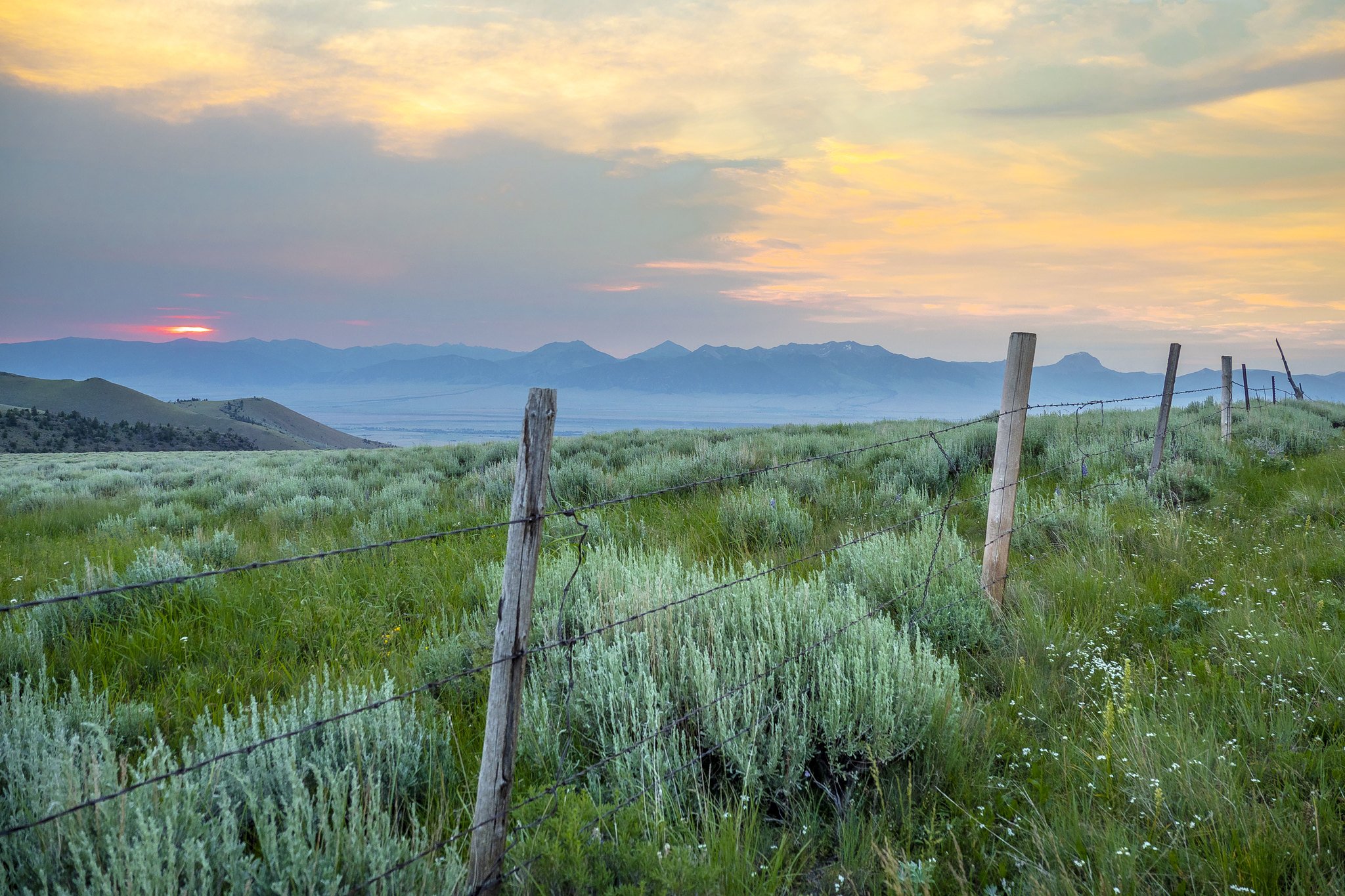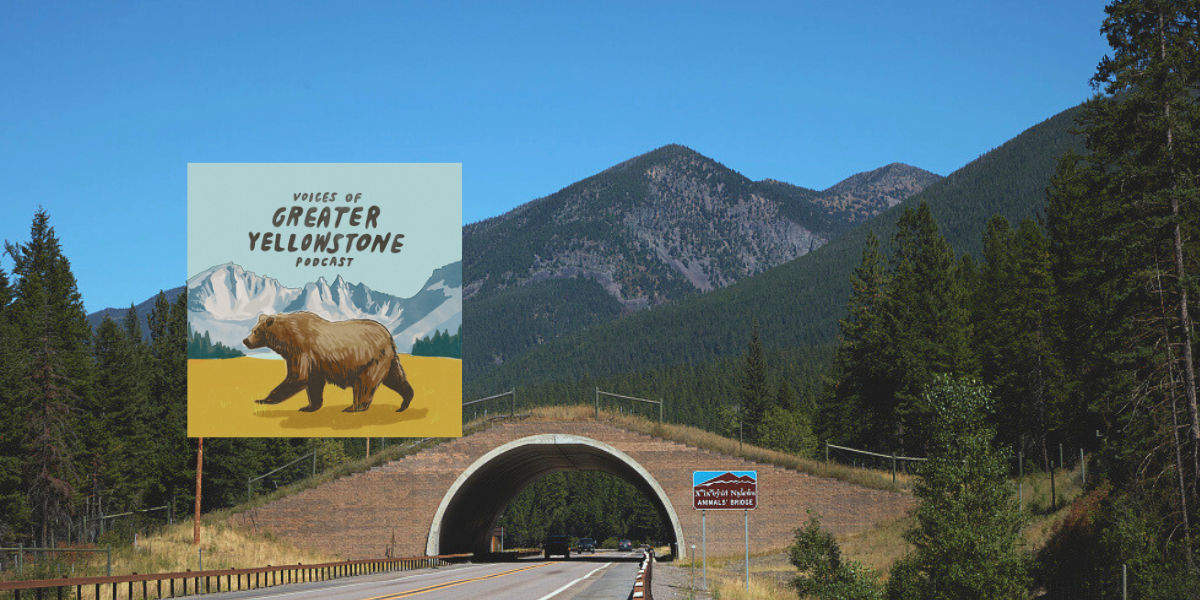
Conserving Vast Landscapes in the High Divide
High Value Habitat in the High Divide
The High Divide is the mountainous region that straddles the Montana-Idaho border west of Yellowstone National Park. This is rugged country, defined by remote peaks, cold, clean rivers, and multi-generational working ranches. As vital wildlife habitat, the High Divide sustains robust herds of elk, pronghorn, and mule deer. As the link between the Greater Yellowstone Ecosystem and the wild lands of the Crown of the Continent Ecosystem to the north, the High Divide is a crucial landscape for maintaining and securing connectivity for iconic species like the grizzly bear.
A Complex Landscape
The landscape of the High Divide faces myriad pressures and challenges from climate change, development, human-wildlife conflict, and the complexities of cohesive land management across a patchwork of public and private lands.
The Greater Yellowstone Coalition works throughout the High Divide to advance conservation goals while helping preserve the viability of the livelihoods that keep the landscape open and porous for wildlife.
By working closely with local partners and stakeholders, we build durable, community-supported solutions that make meaningful progress on grizzly bear conservation, conflict reduction, and preserving wildlife movement and migration.
Keeping People Safe and Wildlife Wild
The Greater Yellowstone Coalition works on projects and within partnerships across the High Divide region of Montana and Idaho to preserve open space, protect wildlife, and advance solutions for a low-conflict landscape.
Working with the Ruby Valley Strategic Alliance
The Ruby Valley Strategic Alliance is a coalition of conservationists, ranchers, elected officials, and community members dedicated to preserving open space by keeping both working ranches and public lands intact in Montana’s Ruby Valley. As a member of the alliance, GYC works alongside partners on issues related to watershed health, maintaining open space, wildlife-livestock conflict reduction, and land management at the intersection of public and private lands.
Working with the Gravelly Landscape Collaborative
Through the Gravelly Landscape Collaborative, GYC is working alongside community members, nonprofit partners, outdoorspeople, business and industry partners, and land management agencies to secure the future of the working and wild lands of Montana’s Gravelly Range. Through on-the-ground restoration projects and consensus-driven problem solving, we are working to honor traditions, advance active stewardship, and maintain the health of the landscape.
Fighting the Kilgore Project
Along with our partners at Idaho Conservation League and Advocates for the West, GYC is hard at work fighting destructive gold exploration and a proposed cyanide heap-leach gold mine in Idaho’s Centennial Mountains. The mine site is vital wildlife habitat, threaded with cold steams rich with Yellowstone cutthroat trout, and home to endangered and sensitive species such as grizzly bear and whitebark pine.
Protecting the Sand Creek Desert
Less than 30 miles from the southwest corner of Yellowstone National Park, Idaho’s Sand Creek Desert provides crucial winter range to Greater Yellowstone wildlife. But competing land use priorities and the landscape’s patchwork of state, federal, and private lands make cohesive management of Sand Creek a challenge. To secure the landscape’s future, GYC is working to advance new plans and policies protective of winter wildlife range and migration corridors in the Sand Creek area.







